
John Durham and Donald Trump.Associated Press; Getty Images
John Durham used Russian intelligence claims to obtain a US citizen's emails, per The New York Times.
Durham was appointed by former Attorney General Bill Barr to examine the origins of the Trump-Russia investigation.
But Durham pursued a dubious claim from Russia involving Hillary Clinton and an aide to George Soros.
John Durham, former US Attorney for the District of Connecticut, was supposed to be investigating the investigators, charged with looking into the origins of what former President Donald Trump often termed a "hoax": the FBI's examination of his campaign's dealings with the Russian government.
In the course of his hunt for wrongdoing, culminating in two failed prosecutions, the veteran prosecutor relied on dubious claims from the Kremlin to pursue a conspiracy theory involving Hillary Clinton, Democratic donor and right-wing boogeyman George Soros, and the former head of the Democratic National Committee, according to an investigation by The New York Times published Thursday.
Durham, appointed as US special counsel by former Attorney General Bill Barr, had been told by a federal judge that his evidence was shoddy. As The Washington Post reported in 2017, a Russian intelligence document, obtained by the US, had claimed there was a plot to shield Clinton from an ongoing investigation into her email storage.
That and other Russian intelligence assessments were provided to Washington by Dutch intelligence, which had infiltrated their Russian counterparts and the specific group responsible for hacking the DNC and laundering the emails it stole through Wikileaks and friendly journalists during the 2016 presidential campaign; the Dutch even caught the hackers doing the job, on video.
The memos were not to be taken at face value, according to those who reviewed them. They "were said to make demonstrably inconsistent, inaccurate or exaggerated claims," the Times reported, "and some US analysts believed Russia may have deliberately seeded them with disinformation." A federal judge, reviewing the claims, deemed them insufficient to subpoena a US citizen's communications.
But Durham pursued them anyway. And he got them, according to the Times, going around the judge's veto by threatening the target with a subpoena from a grand jury, a lower bar to clear (it is not clear if an actual subpoena was obtained).
As Russian intelligence analysts themselves had told it, Moscow had hacked Leonard Benardo, executive vice president of Soros' Open Society Foundations, and in doing so uncovered a plot at the highest level to sway the 2016 election. Specifically, Democratic lawmaker and former DNC chair Debbie Wasserman Shultz was charged with discussing — over an email to Benardo — a promise, from then-Attorney General Loretta Lynch, that the Obama-era Department of Justice would make sure to limit the investigation into Clinton's private email server to avoid any political fallout.
Although Durham succeeded in obtaining Benardo's emails, he never found any evidence to support the Russian claims, The Times reported, and his investigation ended with fewer successful prosecutions than Special Counsel Robert Mueller's own investigation into Russian interference in the 2016 election, the "hoax" that some hoped he would debunk.

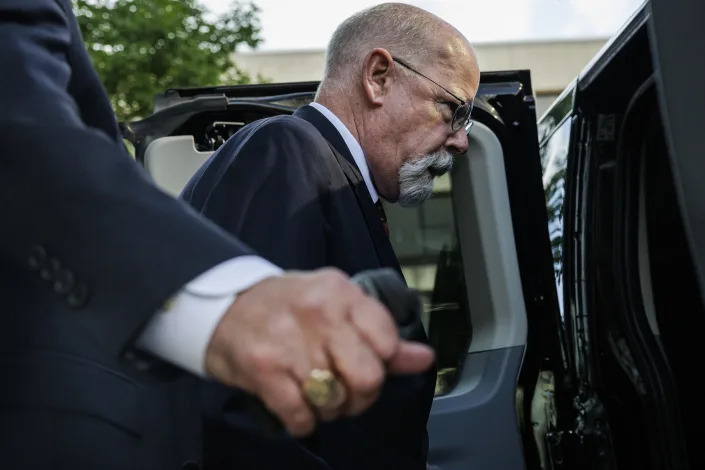













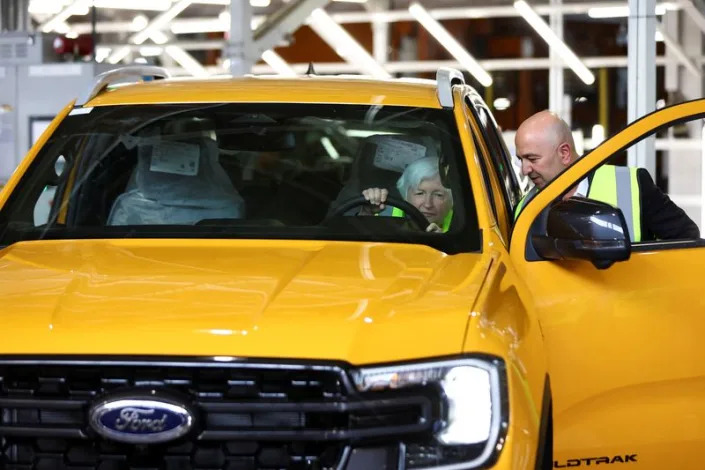

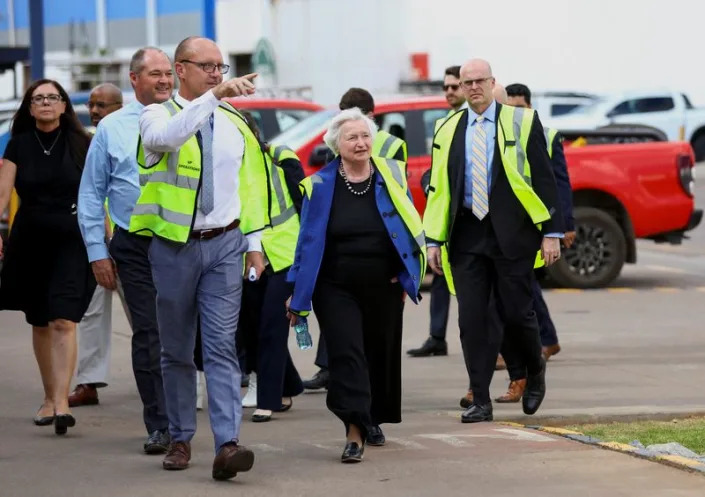
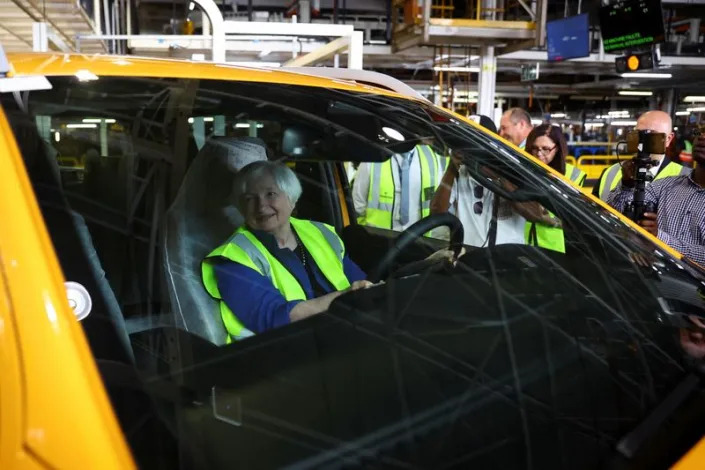
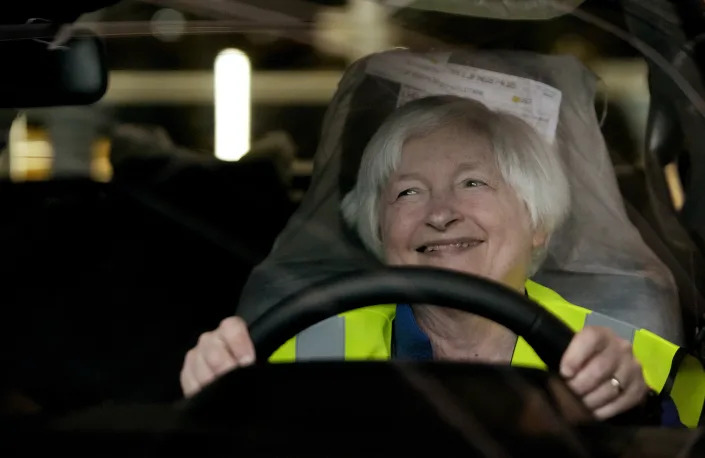

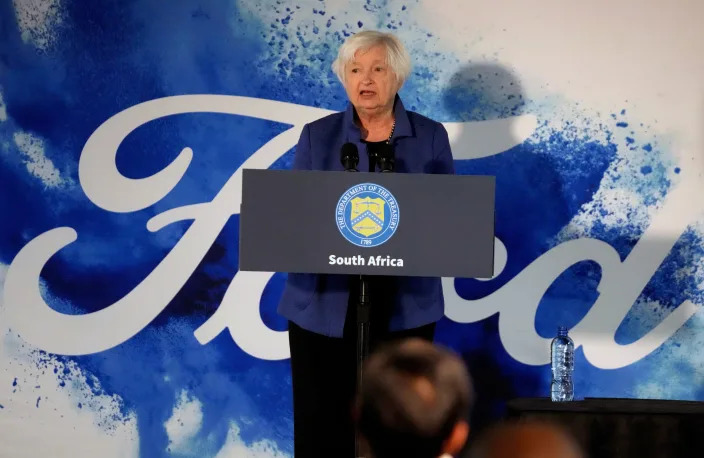
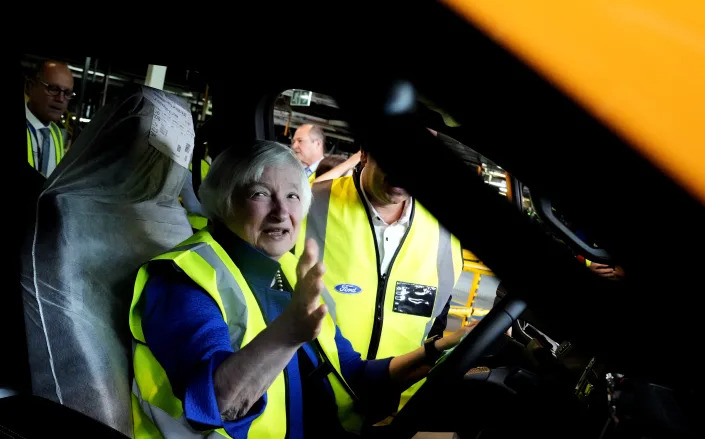
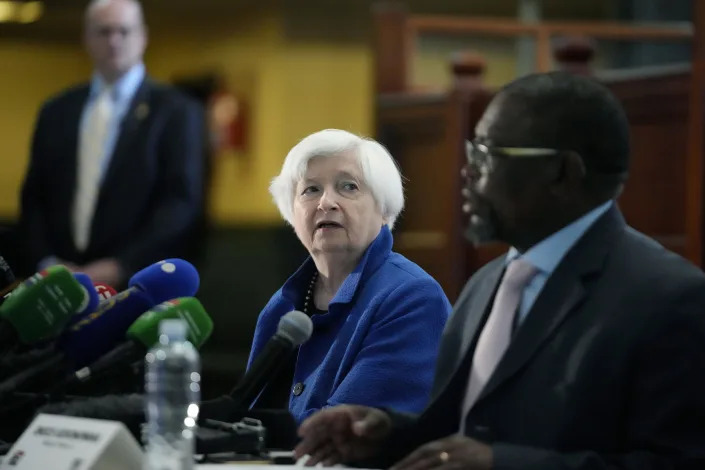
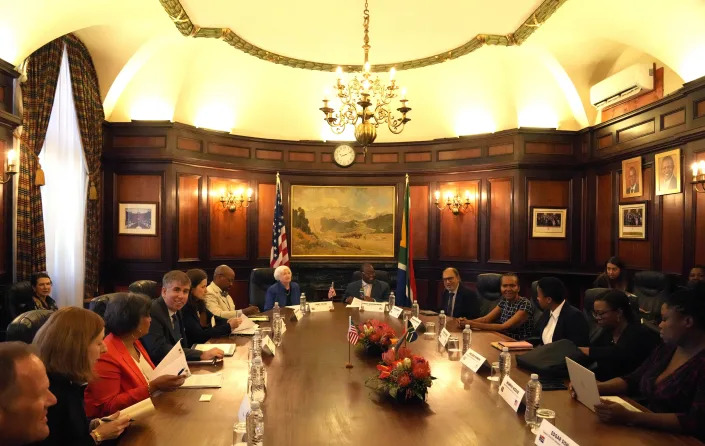
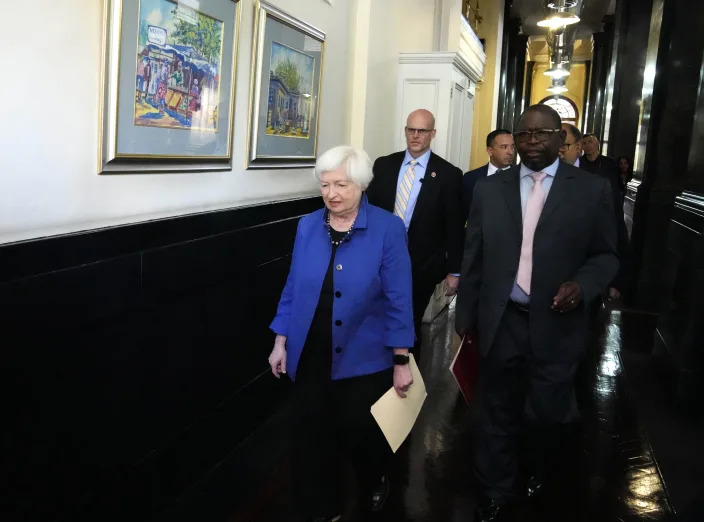


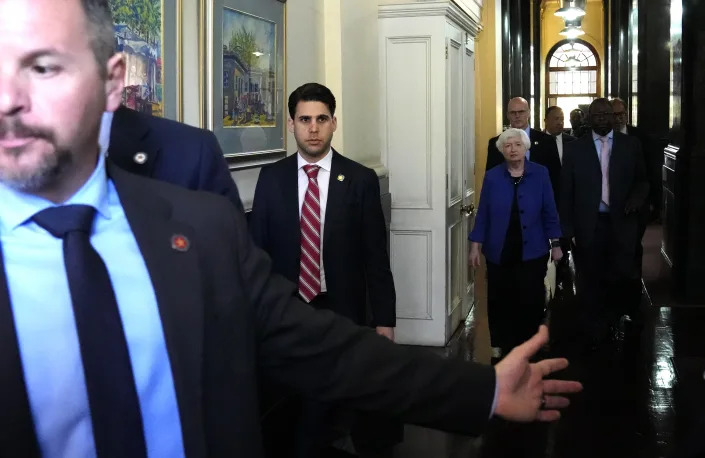
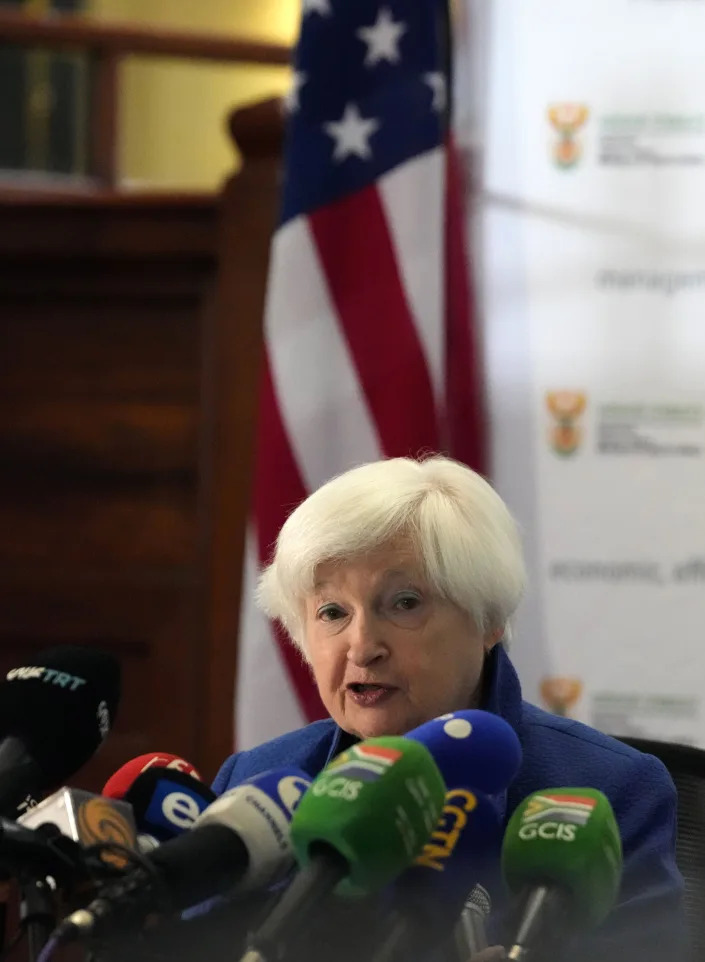

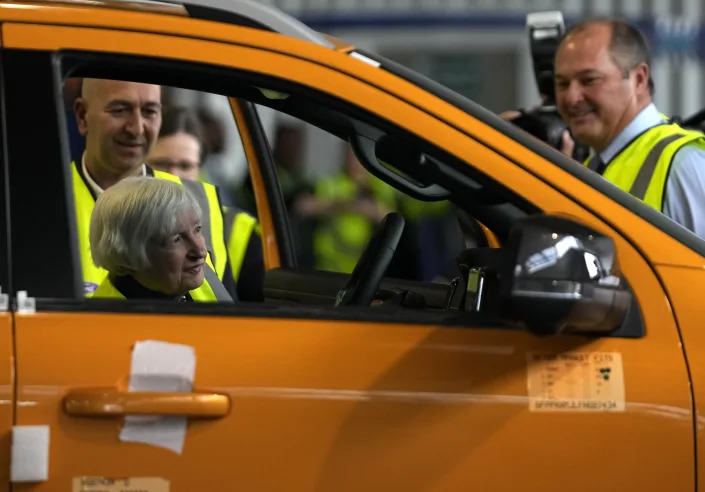


.jpg)